Oil Condition Monitoring System
What is Oil Condition Monitoring?
Oil condition monitoring is the process of assessing the quality of oil used in machinery or engines. This involves monitoring the physical properties of the oil, such as viscosity, acidity, and presence of contaminants, in order to determine the oil’s condition and any potential issues that could affect the performance of the machinery.
Challenges Faced In The Inspection Of Oil Quality

No Quantifiable
Way To Measure
Oil Quality
Traditional methods of oil quality assessment are often subjective and rely on visual inspections or lab-based tests, which can be time-consuming and expensive. Read more
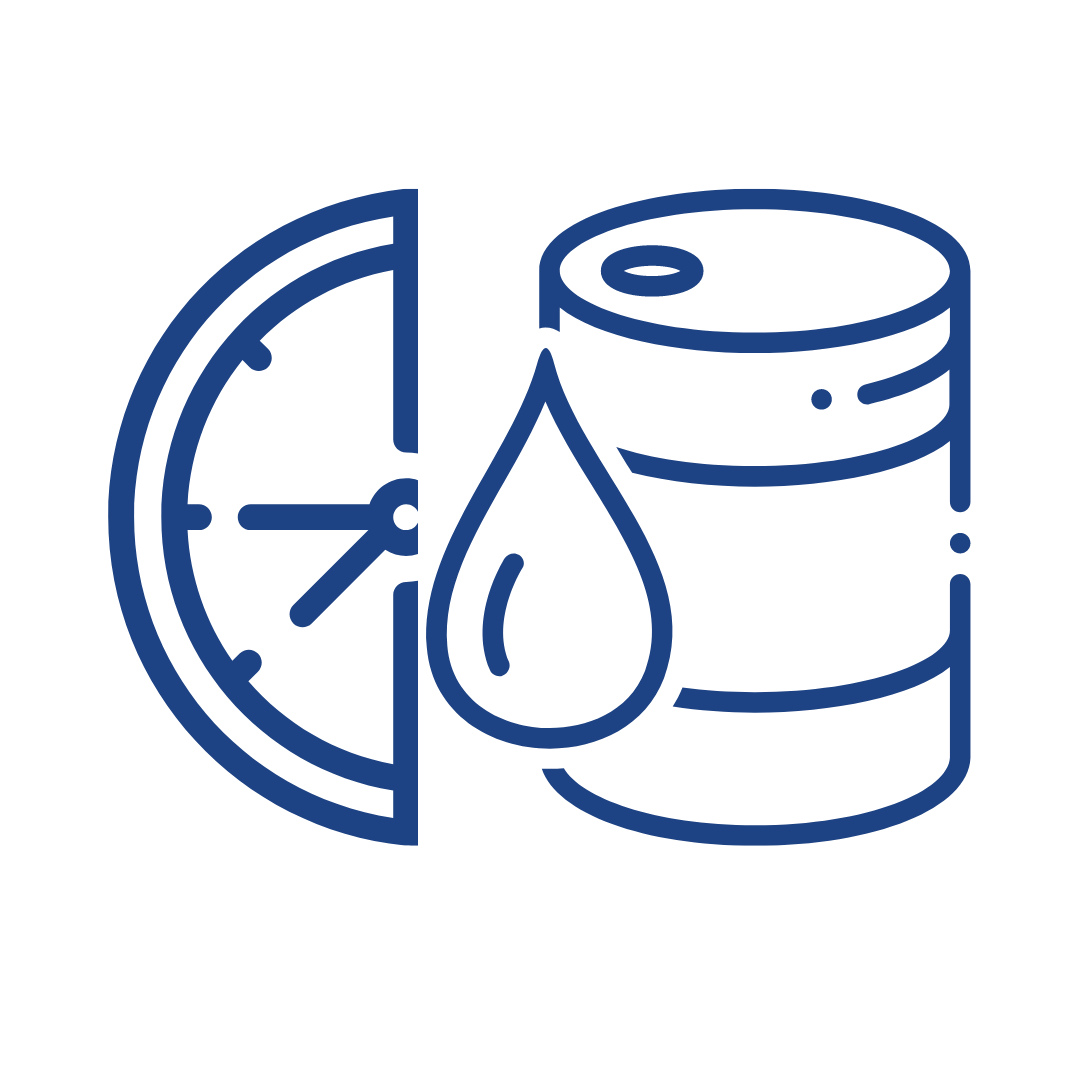
Evaluation Of Oil Quality
In Real Time
Monitoring oil quality in real-time can be
challenging due to the lack of accurate and reliable sensors, and the need for continuous data analysis to identify changes in oil quality.
Read more

Oil Change Schedules Often Lack
Qualitative Evidence
Oil change schedules are often based on time- based intervals,which do not necessarily reflect the actual condition of the oil. Read more

Difficulty In The Integration Of Monitoring Equipment
Integrating oil monitoring equipment into existing machinery can be challenging due to the need for specialized expertise and the risk of equipment damage or downtime. Read more

Costly And Complex Setup Of Existing Systems
Existing oil monitoring systems can be costly to implement and continuously monitor the condition of machines. This eliminates the need for manual inspections, which can be time-consuming and expensive. Read more
Neptunus’ Oil Condition Monitoring System
The Neptunus real-time oil condition monitoring system is designed to monitor the quality of oil used in engines or machines and detect changes. The system is calibrated for a given type of oil and can detect Oil Quality Change Basis 22 Parameters.
It can tell you when it’s time to change the oil and also estimate how much useful life the oil has left.
In simple terms, condition monitoring is the process of monitoring the health of a machine. It is done to detect any changes in its health or condition over time and to diagnose any potential issues before they become serious problems. By doing this regularly, we can catch any problems early on before they get worse and fix them before they cause bigger issues. This helps the machines last longer and work better, which saves time and money in the long run.
Get the Best Quote for Real Time Oil Monitoring
Benefits of Neptunus’ Oil Condition Monitoring System
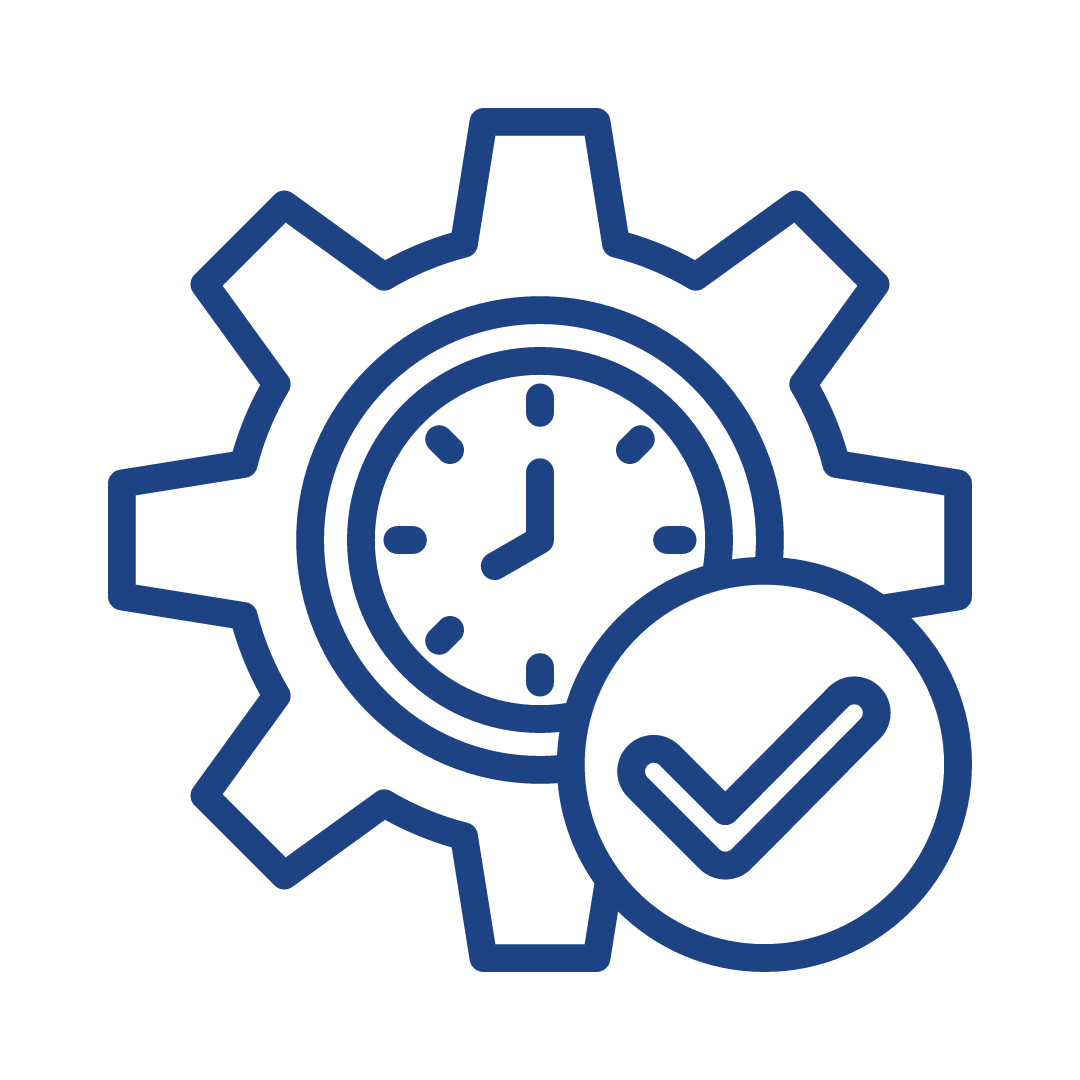
Real-Time Oil Condition Monitoring Sensor
Our oil monitoring system uses a sensor that continuously monitors the quality of oil in machinery or engines, providing real-time data on the condition of the oil. Read more

Senses Oil Quality Change Basis 22 Parameters
The system is able to detect changes in oil
quality basis 22 different parameters, providing a comprehensive view of the oil's condition.
Read more

Detect Time
To Change
Oil
Based on the state of the oil and the operating circumstances of the machines, the system can accurately decide when it's time to change the oil. Read more
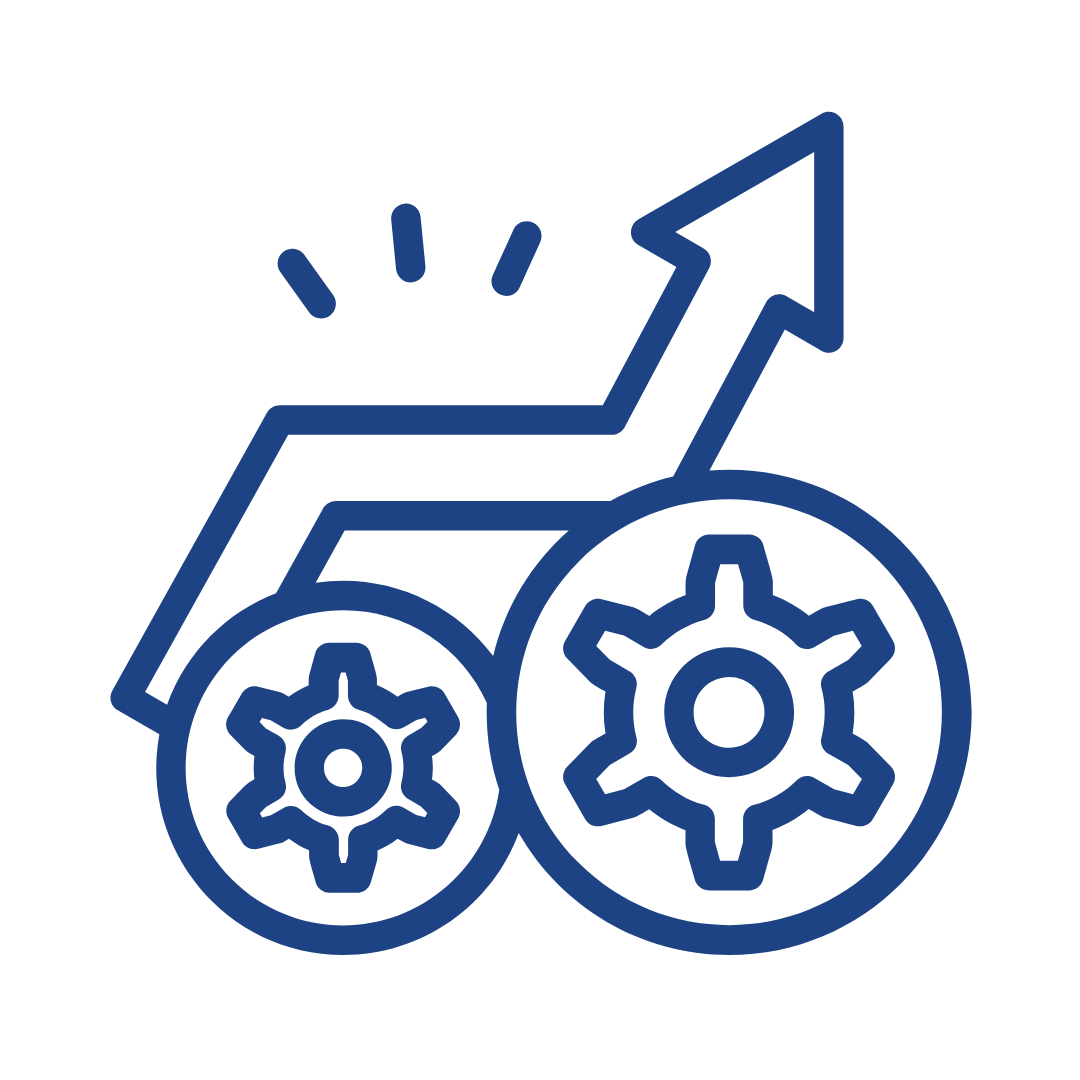
Improves Equipment Reliability And Lifespan
By monitoring the condition of the oil and
detecting potential problems early on, the Neptunus system can help improve the reliability and lifespan of the equipment. This can reduce downtime and maintenance costs over the long term.
Read more
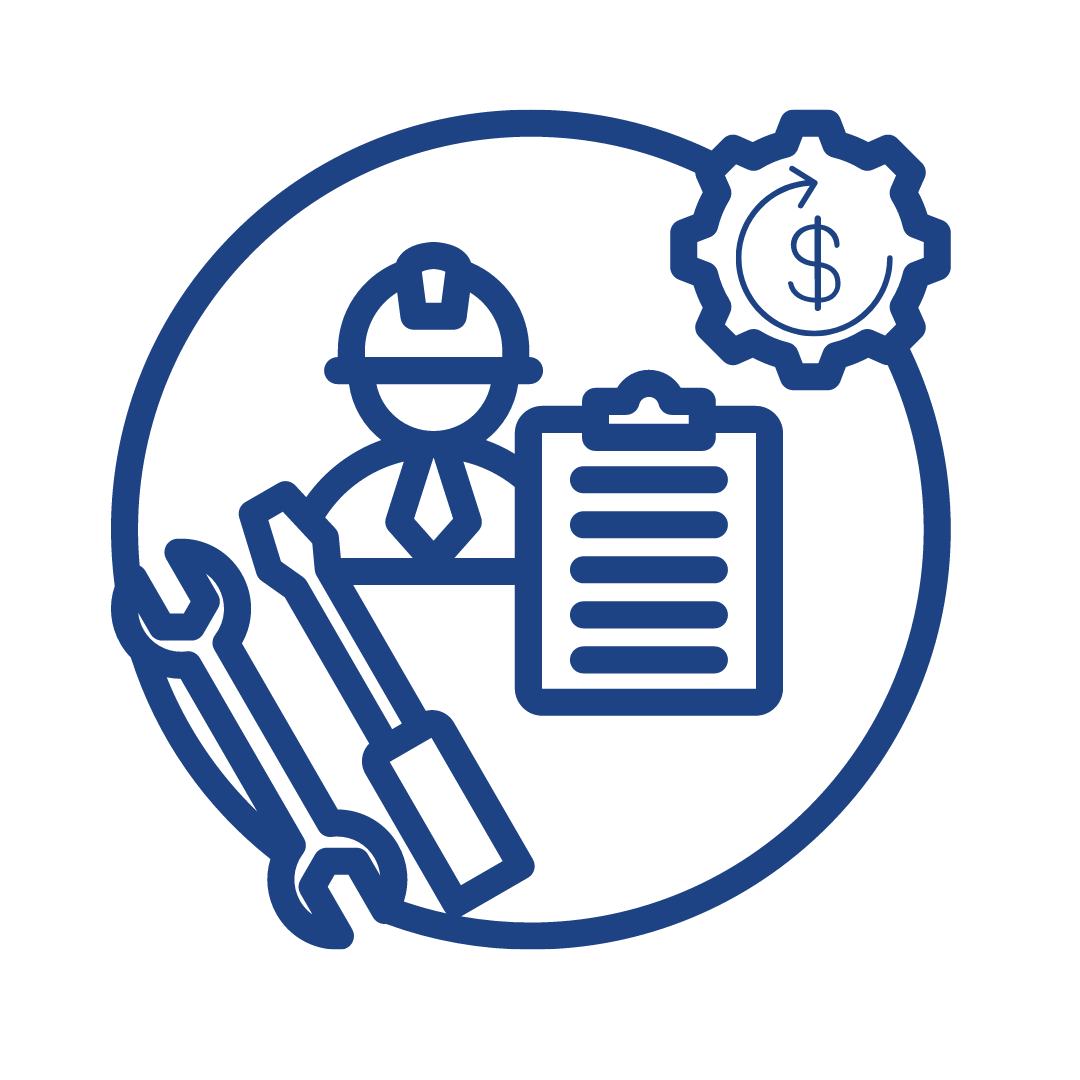
Prevents
Costly
Repairs
It can identify potential issues before they
become significant by providing real-time data on the status of the oil. This tactic saves time, money, and resources that might otherwise be spent on costly oil-related repairs.
Read more
Features Of The Oil Condition Monitoring System
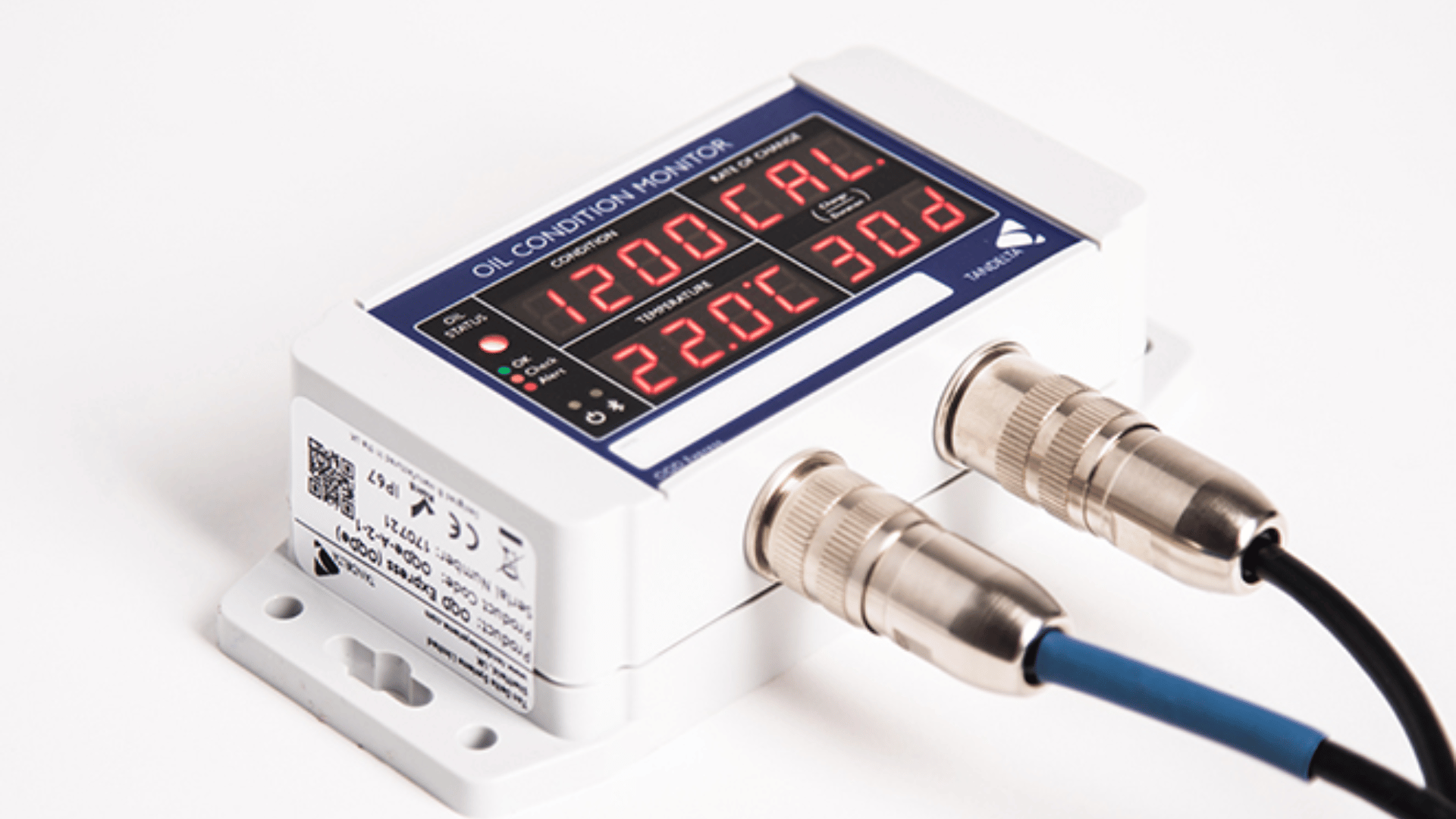
TDN Indicator
To Know Your
Oil Health
TDN reflects the overall health of the oil on scale of 1200-0
The higher the number, the better the oil quality. If the TDN reading falls between 1000 to 600, it indicates that the oil is still in good condition.
However, if it falls within the same range but closer to 600, it implies that the oil is worn and in need of replacement. When it drops below 300, the oil is likely to contain debris that can hamper the engine's performance, requiring an immediate oil change.
Read more
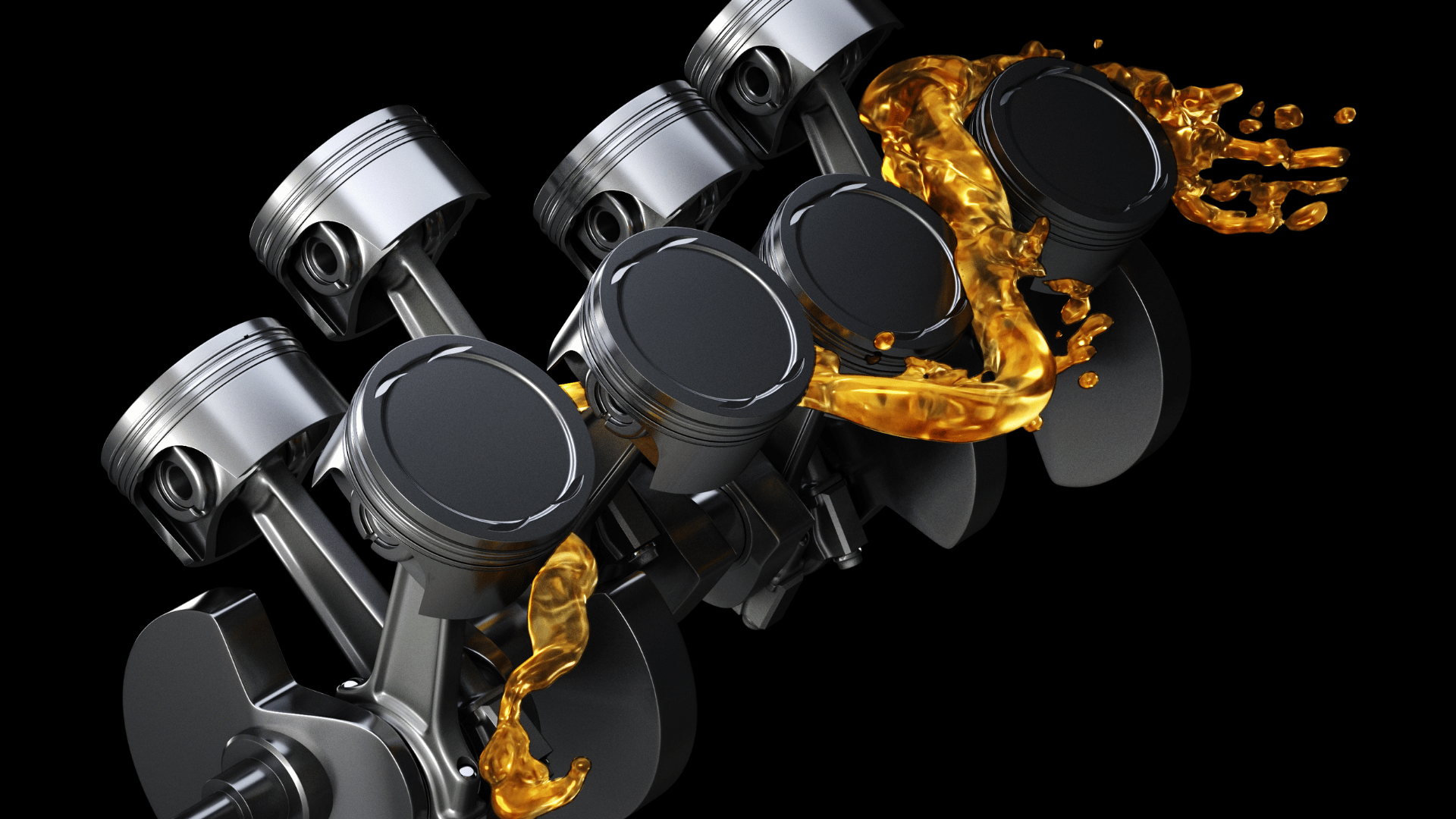
Detects Changes in TBN, Viscosity, Moisture, TAN Levels, Moisture, And Fuel
Our oil condition monitoring system is able to detect changes in a variety of oil properties, including total base number (TBN), viscosity, moisture, and total acid number (TAN). This allows users to monitor the quality and performance of oil over time and detect any changes that could indicate a problem. Changes in the above parameters are reflected in Tan Delta Number. Read more
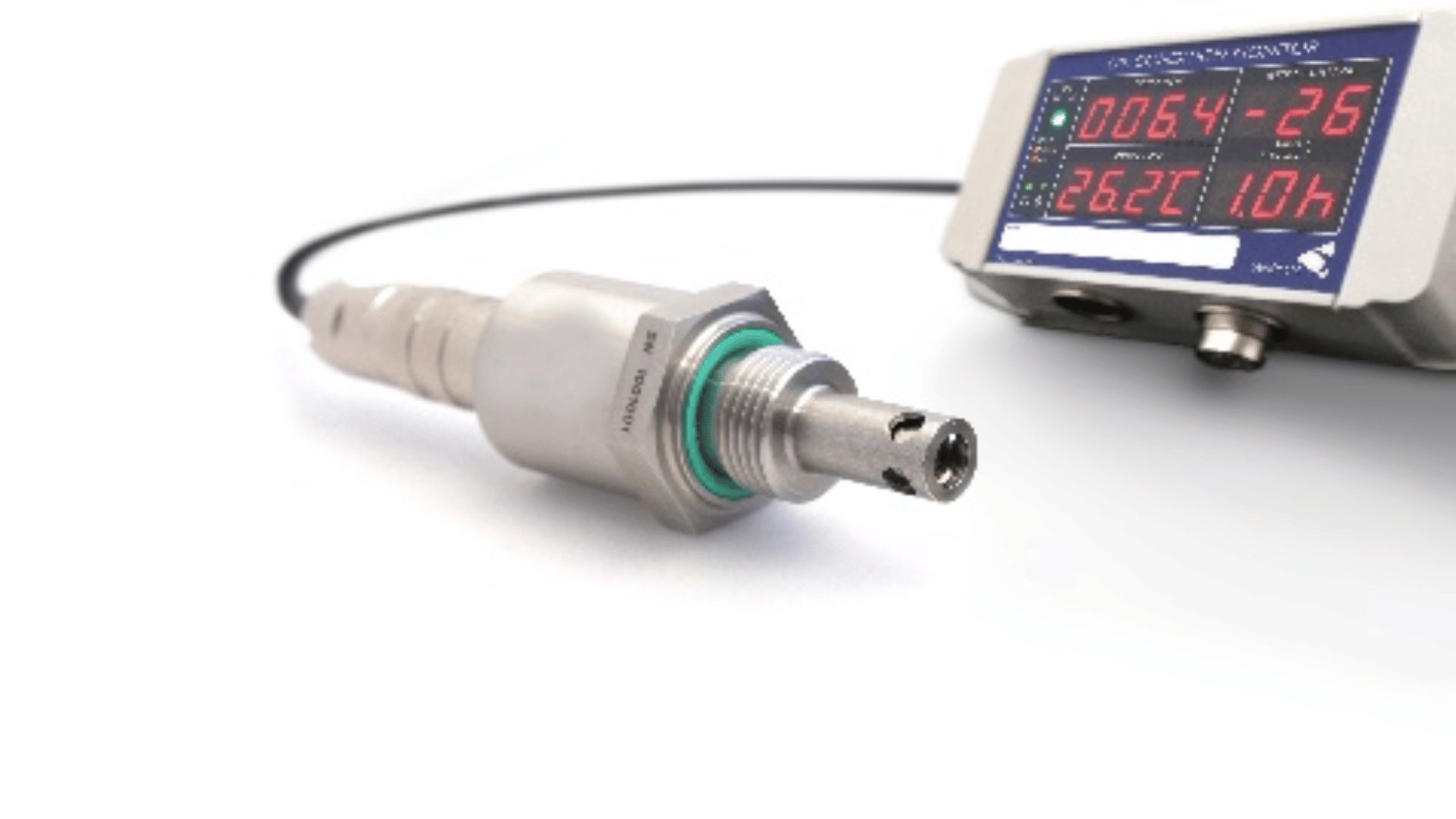
Robust Sensor
Available For Atex
Environment
The Neptunus system includes a robust sensor that is designed
for use in hazardous environments, such as those with explosive gases or dust. This allows users to monitor the condition of their oil in a wide range of settings.
Read more

Local, Bluetooth,
And Cloud Data
Dashboard
Oil condition monitoring provides valuable insights into the health
of oil, with the ability to visualize data in various ways. This includes real-time monitoring through a local display, remote monitoring through Bluetooth connectivity, and comprehensive trend analysis on the cloud.
Read more
Get a Custom Quote for Real Time Oil Monitoring
Real-Time Oil Condition Monitoring By Neptunus
With a real-time oil condition monitoring system, you can access oil health data from anywhere, allowing you to keep an eye on the performance of your machinery even when you’re not on site.
The Neptunus system provides users with multiple remote ways to access and view their oil condition data, including on a local display, through Bluetooth connectivity to a mobile device, and on a cloud-based platform.
With our remote condition monitoring it is easy for users to monitor their oil condition data in real-time and make informed decisions about maintenance and repairs.
Installation & Setup Of Oil Condition Monitoring System
Step 1: Software Installation
The first step involves software installation, which is crucial to setting up the system. This step is essential to establishing communication between the system and the user's machine to provide real-time monitoring and ensure that the data collected is accurate.
Step 1: Software Installation
The first step involves software installation, which is crucial to setting up the system. This step is essential to establishing communication between the system and the user's machine to provide real-time monitoring and ensure that the data collected is accurate.
Step 2: Oil Sensor Calibration With Oil
The second step is calibrating the oil sensor with oil. This calibration ensures that the oil sensor accurately measures the oil's quality and condition, which enables the user to detect any potential issues early on. This calibration is necessary to ensure the accuracy of the system, so the user can make informed decisions about oil changes and maintenance schedules.
Step 2: Oil Sensor Calibration
The second step is calibrating the oil sensor with oil. This calibration ensures that the oil sensor accurately measures the oil's quality and condition, which enables the user to detect any potential issues early on. This calibration is necessary to ensure the accuracy of the system, so the user can make informed decisions about oil changes and maintenance schedules.
Step 3: Display Unit Configuration
The third and final step is the display unit configuration, which enables the user to view the real-time data collected by the system. This allows the user to monitor the machinery's oil health and detect any potential issues before they become severe.
Step 3: Display Unit Configuration
The third and final step is the display unit configuration, which enables the user to view the real-time data collected by the system. This allows the user to monitor the machinery's oil health and detect any potential issues before they become severe.